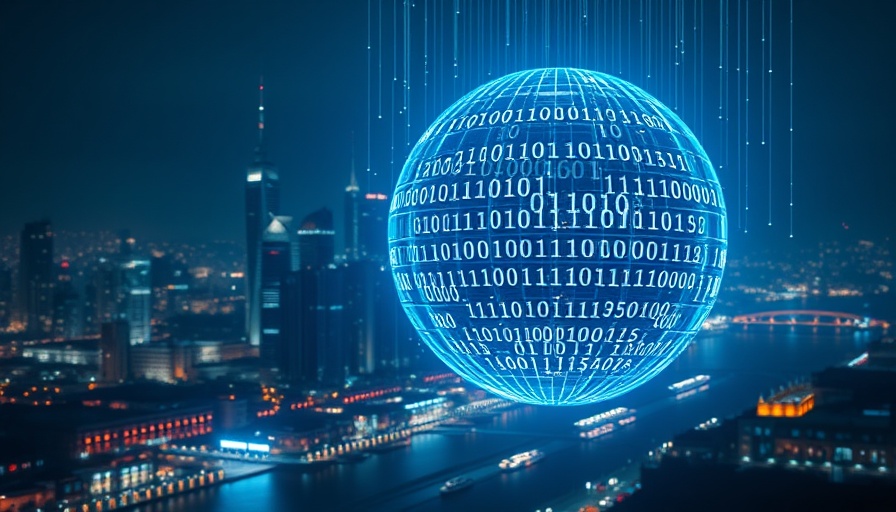
Understanding the Human Impact of AI Integration
As artificial intelligence transforms workplaces worldwide, it’s imperative for leaders to address the human consequences of such advancements. Gartner analyst Autumn Stanish has identified a critical gap in AI adoption strategies—specifically related to the emotional and practical ramifications for employees. The swift pace of AI integration has led to rising anxiety concerning job displacement, creating an atmosphere of fear and uncertainty in many organizations.
The Trust Factor: Communication is Key
To mitigate these concerns, IT leaders must prioritize transparent communication. According to a Gartner survey, nearly 39% of respondents indicated a “lack of trust” as a significant barrier to AI implementation. Sharing intentional updates during town halls or face-to-face meetings fosters a sense of inclusion amongst employees. This approach not only clarifies which tasks AI will handle but also outlines support mechanisms like upskilling, reskilling, or retirement options. Clear communication allows employees to mentally and professionally prepare for innovations and changes in their roles.
Emotional Responses: Leading with Empathy
Even with transparent communication, leaders must anticipate and manage emotional responses from their teams. The apprehension and resistance resulting from AI integration necessitate that leaders engage empathetically. This means creating a feedback loop where employees feel heard, fostering ownership in the transition process. Addressing concerns directly helps to alleviate fears, convert skepticism into engagement, and ultimately promote smoother transitions.
Building a Culture of Continuous Support
AI adoption isn’t solely a technological advancement; it’s a cultural shift within organizations. Establishing a supportive environment means creating ongoing channels for dialogue, where employees can express their concerns and leaders are open to adapting implementation strategies based on this feedback. This alignment of organizational objectives with employee welfare not only enhances trust but also promotes an innovative, adaptable workplace culture that thrives amid change.
Looking Forward: The Future of AI Integration
As organizations dive deeper into this new landscape, it’s essential to view AI not as a replacement for human talent but as a valuable augmentation. The future of work will demand new skill sets and a mindset ready to embrace continuous learning. IT leaders should focus on crafting development pathways that align AI capabilities with human creativity. Integrating upskilling initiatives will transform the apprehensions surrounding AI displacement into opportunities for professional growth.
Final Thoughts: Navigating the AI Transition
In a rapidly transforming technological landscape, leaders who navigate the human impact of AI integration thoughtfully and proactively will set their organizations on a path to success. By prioritizing transparent communication, addressing emotional concerns, and fostering a culture of support, they can mitigate resistance and encourage acceptance of AI initiatives. As we look ahead, those organizations willing to invest in their people will emerge as leaders in the AI-driven future.
 Add Row
Add Row  Add
Add 




Write A Comment